Steve Mattingly
Hello, world!
Check out my GitHub profile and feel free to send me questions about anything you see that interests you.
For many years, I have been coding for classroom purposes. As a result, some of the work is not mine alone, but collaborative work with students.
I've put together this portfolio to provide some context for that work.
DevOps and the attendance tracking app
Students in my Professional Experience course sequence ran a "company" called DevOps. You can learn more about the company and courses at our site's archived homepage.
We also used that site to deploy and operate our one production system: an attendance tracking application for the campus learning center. Similar to a punch clock, the system records the duration of student visits to the campus learning center.
You can use Gitpod to launch a test instance of the system. (You will be prompted to create a free Gitpod account if you do not already have one. It will take a while for Gitpod to fetch Docker images and install the application. You should see a browser tab with the Gitpod IDE. If a second tab with the running application does not appear, use the IDE to open Gitpod's port 1337. In the app, information icons provide some guidance for new test users.) To see the application code, visit the GitHub repository.
Version 1 of the application was built with Node.js, Express, and MySQL. Version 2 added Sails.js, a Rails-inspired MVC framework. The Sails object request manager served us well when we moved from MySQL to MongoDB's Atlas cloud service.
Version 2 also added Bootstrap to improve the user interface. Several design decisions were inspired by elements of GitHub's UI. These before-and-after images show the response when a user has walked up to an attendance tracking station, authenticated, and POSTed a few details to "check in" at the start of their visit.

In early Web fashion, version 1 POST requests led to "dead end" response pages that served only to communicate the POST's results to the user.

Using Bootstrap, Version 2 communicates these results via an "alert" banner that appears at the top of a useful page. In this case, CSS animation is used to fade out the banner after the user has time to read it.
findthemasks.com
My contributions to the open source site findthemasks.com included bug fixes, efficiency improvements, customized integration to resolve conflicts between Google Maps and Bootstrap, partner callback links, and support for the IE11 browser mandated by many employers in the heathcare industry.
Browser games for intro programming
I wanted novice programmers to do something fun in the browser, but focus on fundamentals and OOP without getting into HTML and DOM details. So, I built a simplified wrapper around a popular JavaScript game framework, and created game programming assignments.
Finished copies of the game assignments are presented below. Click each link to enjoy the gameplay, but please keep in mind:
- you are not seeing the full course materials, which introduce the games, explain gameplay, etc., and
- the JavaScript is obfuscated, because these are course assignment solutions. (I would be happy to share the private solutions repository. Just contact me with your GitHub username.)
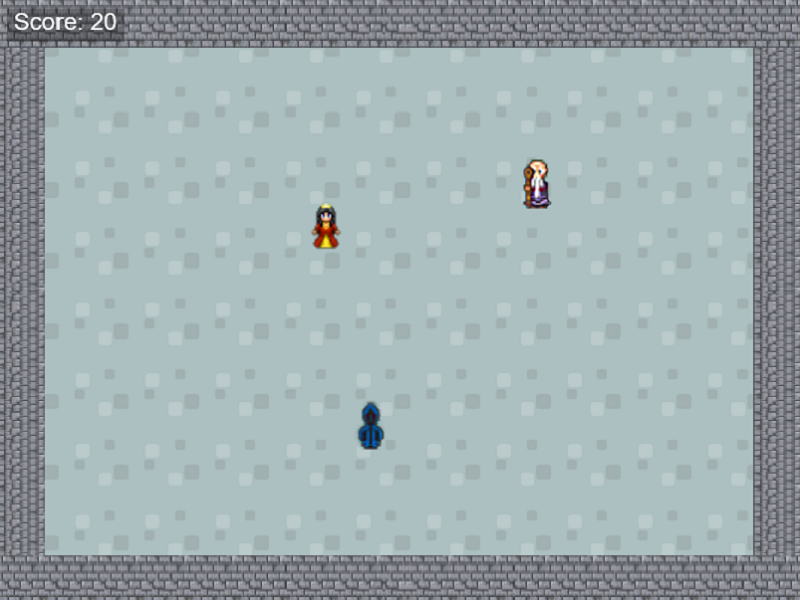
Stranger Hunt is the students' first game. Score points when you click the mysterious stranger. Lose points when you click the old wizard Marcus. Game over when you click Princess Ann.
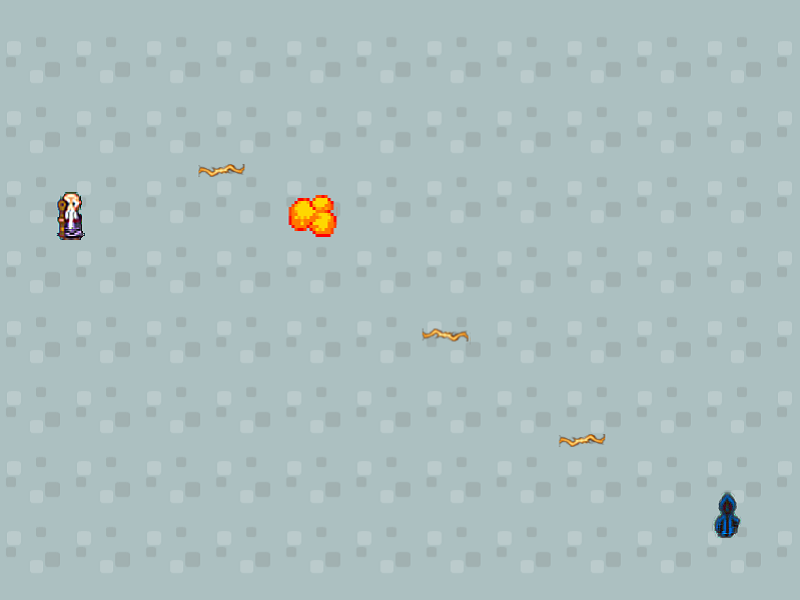
In Wizards' Duel you play as Marcus. Dodge your opponent's spells with the up and down arrows. Cast spells with the space bar.
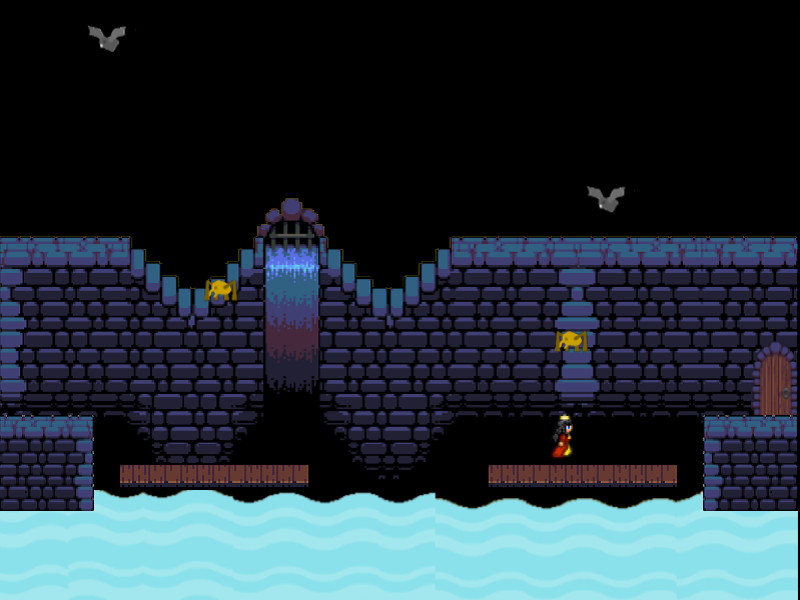
In Platform Princess you play as Princess Ann. Use horizontal arrows and space bar to reach the exit door.
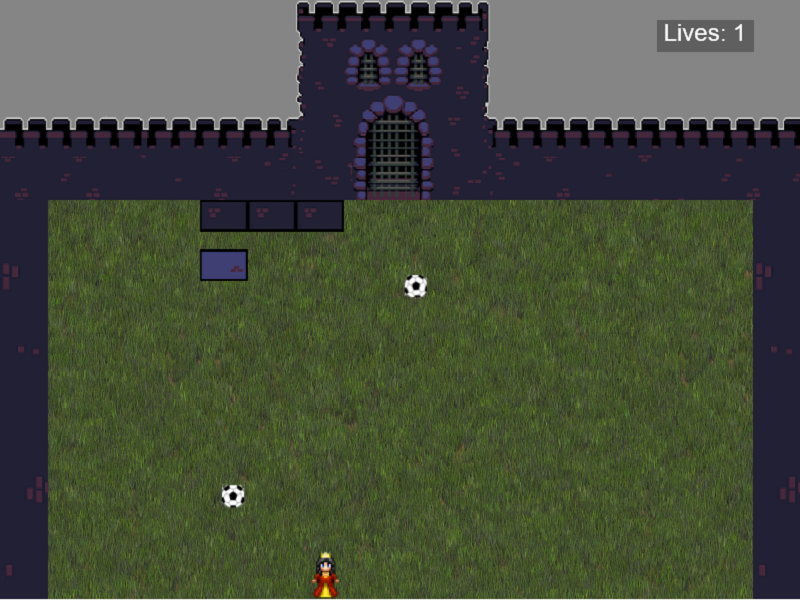
Castle Break In remakes an arcade classic, with lots of bonus features.
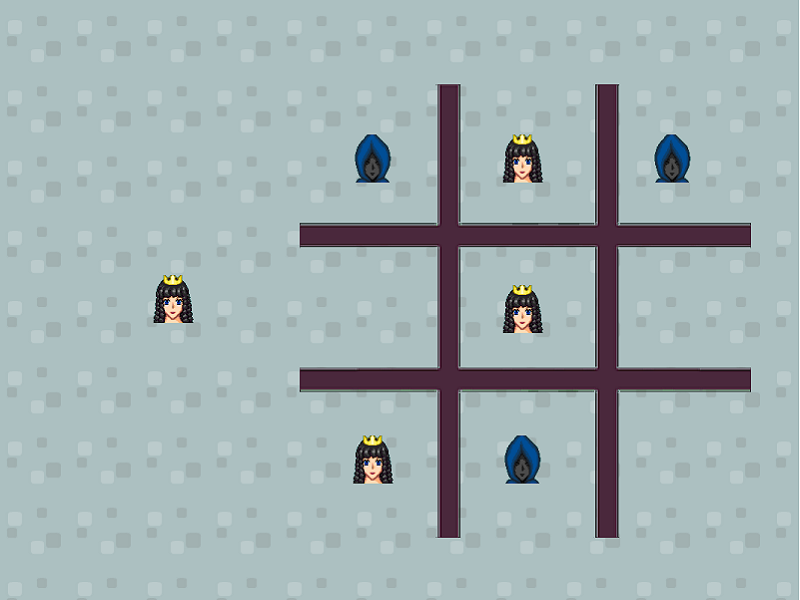
Puzzled Princess has students build the unbeatable TicTacToe program in a drag-and-drop format.
Concurrent programming with Web Workers
This Monte Carlo estimation of π uses Web Workers and some simple canvas graphics to demonstrate concurrent programming. The source code is here.
Students are encouraged to experiment with the parameters and determine when the overhead of multi-threaded code outweighs the benefits. Because drawing the points is a very expensive operation, there is an option to turn off drawing. You can get a much more accurate estimate of π's value by (greatly) increasing the number of points (and disabling drawing if you don’t want to wait a while).
An interpreter and compiler
This program is a single page application, written in plain vanilla JavaScript. It shows third-semester students some approaches to implementing a very simple "programming" language. For them, it is a clinic in object-oriented design and delegation.
I'm showing it to you as an indication of what I can do with client-side JavaScript. Although it's mostly behind-the-scenes computation, there is a certain amount of DOM manipulation for the user interface.
I think it might be interesting to apply a front-end framework like React or Vue to this, but haven't found the time.
Cross-platform apps
For a special topics course I led my students through the construction of the example apps from Building Cross-Platform Mobile and Web Apps for Engineers and Scientists. The apps are built with Bootstrap, HTML5, CSS, and JavaScript.
Thanks!
Thank you for taking the time to look at my work.